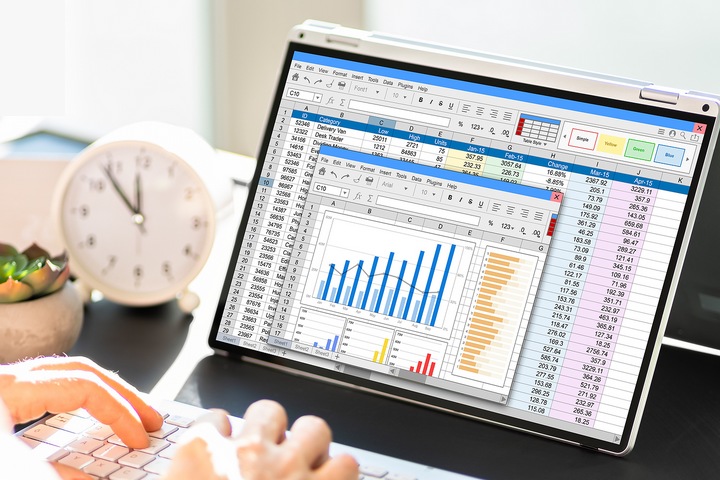8 Different Types of Financial Models and How They Work
When companies are looking to expand or change the business model, they use financial models to help make decisions, including cost and profit projections and evaluate their business against their industry peers. Strategic planning is necessary, and analysts build models to represent real-world financial situations while charting past, present and future forecasts.
Financial models help companies with their financial planning and decision-making. They allow you to evaluate and compare businesses in similar industries. These financial models can predict success and are a vital forecasting tool that every business should implement. The objectives of financial modelling include:
- Business evaluation
- Raising capital
- Forecasting and budgeting
- Risk management
- Allocating capital
- Business growth
- Acquisitions
Different financial models are used depending on the need to solve a specific problem. Major categories include project finance, valuation, reporting, pricing and financial statement models. Specialists will need financial modeling certification to analyze the data insightfully.
Here are the eight most common types of financial models used today:
Type #1: The Three Statement Models

This is a type of financial model that links three basic statements:
- Balance sheet
- Income statement
- Cashflow statement
It is created to understand financial performance and is typically used by banks and other financial institutions. It also serves as a basis for more advanced models.
Type #2: Credit Rating Models

This model is based on the three-statement model used for loan applications and credit. It is usually for debt funding extensions and designs the structure of principal repayment by the borrower and interest payments. Liquidity, solvency, profitability, future demand and growth, management and collaterals are all considered, and a bank will use this model to determine a company’s borrowing potential and interest rate.
Type #3: M&A Models

Merger & Acquisition models are used to determine the impact a merger or acquisition has on a company when comparing the new earnings per share (EPS) of the new company to the existing one. This model helps determine if the merger is beneficial for the company and is accretive, with positive growth, or dilutive, meaning a decrease in EPS.
Forecasting possible synergies between the companies, including reduced costs and added efficiencies, are calculated and paint a picture of the viability of this new asset.
Type #4: Leverage Buyout Models

A leverage buyout model is used when someone wants to buy a company using only a tiny portion of their capital and the rest of the debt raised from financial institutions. Collateral assets from the target company are assessed to extend the loan, and the lender primarily funds the transaction.
Private equity firms typically use this type of transaction, and the modelling is complex because of the high degree of leverage and requires a proper assessment of the transaction to determine the fair valuation of the company, what equity terms can be achieved, what the debt service limits from cash flow are and what effect recapitalizing the company has.
Type #5: Initial Public Offering Models

Financial professionals typically use the IPO model to evaluate their businesses before going public. A comparable company analysis is equated with the amount an investor would pay, including an IPO discount. This will ensure that the stock will trade favourably in the secondary market.
Type #6: Forecasting Models

This model is used to predict future expenses, revenues and capital costs compared to budget. The four forecasting models are:
- Straight-Line Model takes historical data to estimate future revenue.
- Moving Average Model evaluates performance per month and averages it over 3-5 months.
- Time Series Model identifies patterns in data to predict forecasting.
- Linear Regression Model compares two different variables, revenue and budget, to see how they match up.
Type #7: Discounted Cash Flow Models

This is a valuation model to forecast the net present value of a company to assess its worth based on projected future cash flow. The three statement model brings all finances together to determine the actual value of a company and see if it is trading above or below its worth. Future cash flow is discounted using the weighted average cost of capital (WACC) for the discount rate, which considers shareholders’ expected rate of return.
Type #8: Comparable Company Analysis Models

The CCA models a basic version of the above DCF model and proposes that there will be similar valuation multiples with similar-sized businesses in the same industry. Homogeneous characteristics like size, growth rate, geographic location, margins and industry classification gather information about relevant companies. The comparable ratios are calculated to value the company in question.
There are other models in finance that include:
- Asset And Liability Management Models to manage pension funds
- Sum Of The Parts Models for large conglomerates to value different divisions
- Capital Budgeting Models for annual budgets
- Option Pricing Models to assign prices for options contracts
- Budget Models for multiple year analysis

